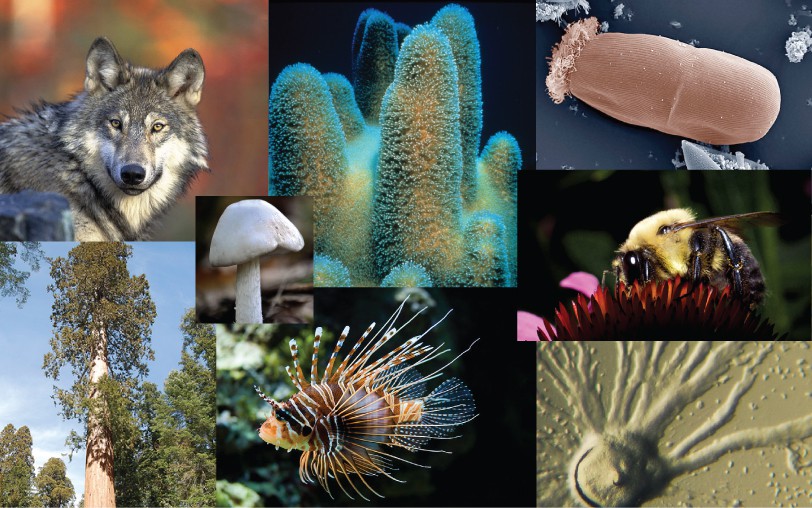Chapter 11: Introduction to Evolution and Its Processes

All species of living organisms—from the bacteria on our skin, to the trees in our yards, to the birds outside—evolved at some point from a different species. Although it may seem that living things today stay much the same from generation to generation, that is not the case: evolution is ongoing. Evolution is the process through which the characteristics of species change and through which new species arise.
The theory of evolution is the unifying theory of biology, meaning it is the framework within which biologists ask questions about the living world. Its power is that it provides direction for predictions about living things that are borne out in experiment after experiment. The Ukrainian-born American geneticist Theodosius Dobzhansky famously wrote that “nothing makes sense in biology except in the light of evolution.”1 He meant that the principle that all life has evolved and diversified from a common ancestor is the foundation from which we understand all other questions in biology. This chapter will explain some of the mechanisms for evolutionary change and the kinds of questions that biologists can and have answered using evolutionary theory.
Search for Key Points in Chapter 11
Footnotes
- 1 Theodosius Dobzhansky. “Biology, Molecular and Organismic.” American Zoologist 4, no. 4 (1964): 449.
Media Attributions
- Figure 11.1 © (A) "Wolf" Modification of work by Gary Kramer, USFWS; (B) "Coral" Modification of work by William Harrigan, NOAA; (C) “River" Modification of work by Vojtěch Dostál; (D) “Protozoa" Modification of work by Sharon Franklin, Stephen Ausmus, USDA ARS; (E) “Fish" Modification of work by Christian Mehlführer; (F&G) “Mushroom", "Bee" Modification of work by Cory Zanker; (H) "Tree" Modification of work by Joseph Kranak; OpenStax is licensed under a CC BY (Attribution) license

